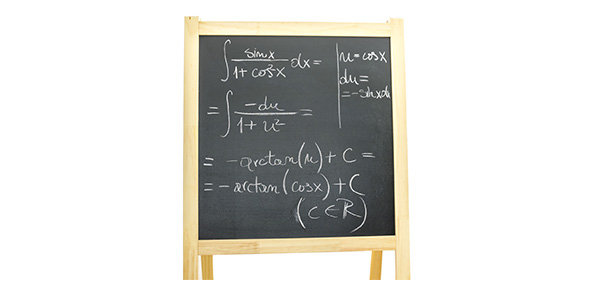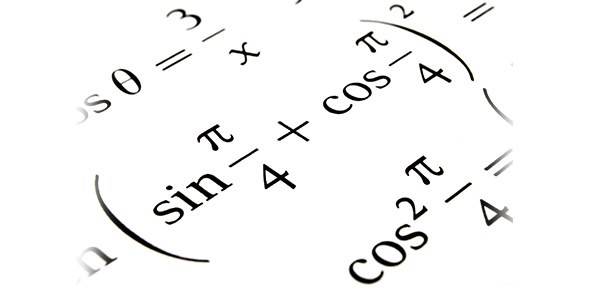Related Flashcards
Related Topics
Cards In This Set
| Front | Back |
|
Independent variable VS.
|
Is:
1. presumed cause, antecedent, predictor variable, treatment(s), factor(s), denoted by X. 2. also, a manipulated variable in an experiment or study whose presence or degree determines the change in the dependent variable. 3. independent variables may have one or more levels. |
|
Dependent variable
|
Is:
1. outcome measure, presumed effect, conquence, variable predicted to, criterion, observation, denoted by Y. 2. also, the observed variable in an experiment or study whose changes are determined by the presence or degree of one or more independent variables. |
|
True experiment VS.
|
1. investigator uses random assignment of subjects to treatment groups.
2. used to establish a cause and effect relationship. 3. investigator manipulates independent variables. |
|
Quasi-experiment
|
1. investigator must deal with intact groups.
2. used to establish a cause and effect relationship. 3. investigator manipulates independent variables. |
|
Active independent variables VS.
|
are:
1. manipulated by researcher (i.e. treatment type), or 2. potentially manipulable (i.e. subject matter studied.) |
|
Attribute independent variables
|
Are:
1. fixed - not manipulated by researcher (i.e. socioecomonic status). 2. organismic(i.e. age, gender). 3. response (i.e. scores on tests). |
|
Causal-comparative research VS.
|
Is:
1. ex post facto - used to explain or predict. 2. uses two or more groups and one independent variable. 3. one group is a comparison group. |
|
Correlational research
|
Is:
1. ex post facto - used to explain or predict. 2. uses one group and two or more independent variables. 3. does not use a comparison group. |
|
Ex Post Facto research
|
1. after the fact. 2. explains or predicts. 3. does not manipulated the independent variable. |
|
Descriptive survey research
|
1. describe phenomena as they exist. 2. no independent or dependent variables. |
|
Longitudinal research VS.
|
1. is prospective. 2. a study of the development of subjects over an extended period of time. |
|
Cross-Sectional research
|
1. is retrospective. 2. studies subjects of various ages at the same point in time. 3. relies on recollection of subjects. |
|
Internal validity VS External validity
|
internal validity is the extent that what we are doing is correct.
external validity is the extent to whom the results can it be generalized. |
|
One-way ANOVA VS.
|
univariate statistical technique employed to compare one factor, with more than one level, on the basis of one outcome measure.
|
|
Factorial ANOVA
|
univariate statistical technique employed to compare two or more factors, each with more than one level, on the basis of one outcome measure.
|







